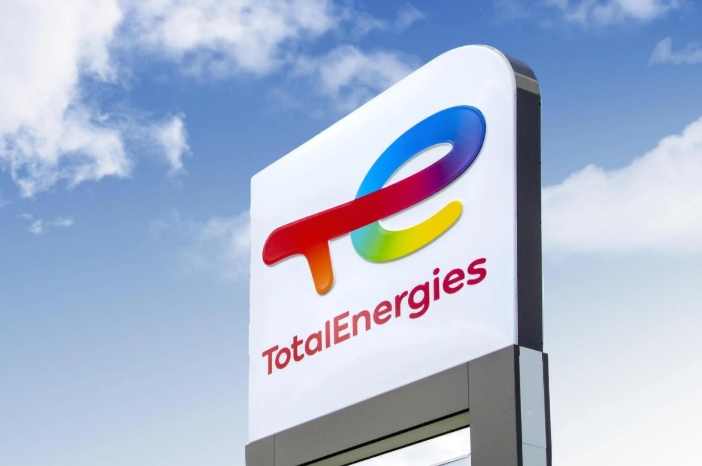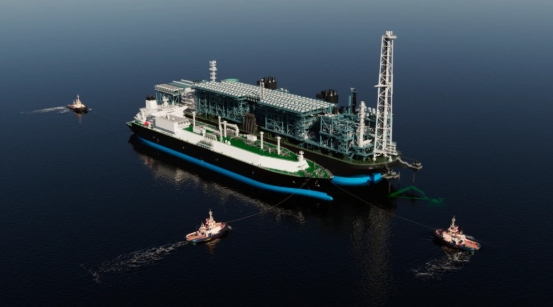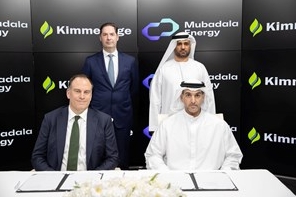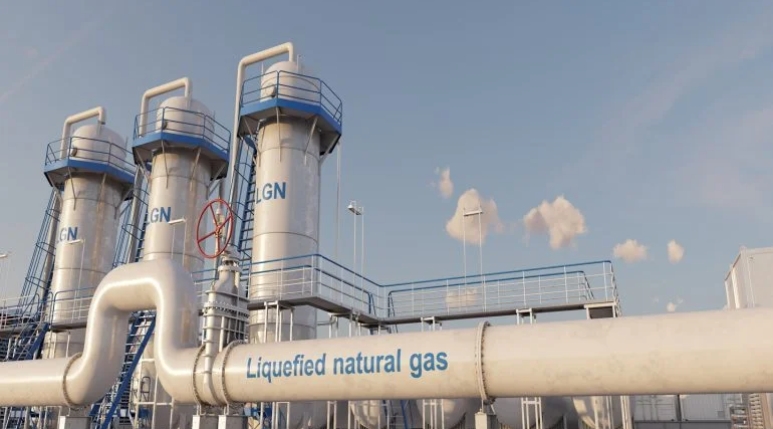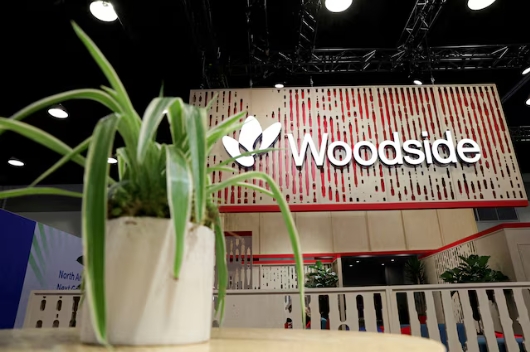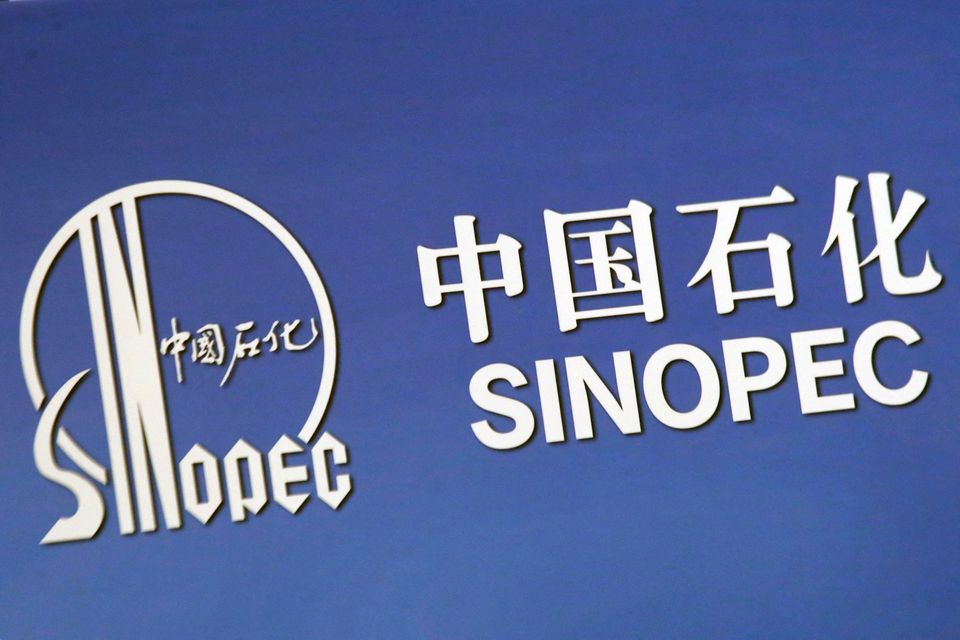
China's Sinopec Corp said on Monday it has put into operation the country's largest carbon capture, utilisation and storage (CCUS) facility in east China, and plans to build two more plants of similar size by 2025.
The state oil giant is one of the leading companies building pilot CCUS projects in China, part of the country's goal to reach peak carbon emissions by 2030.
The new CCUS project, which started construction just over a year ago, involves capturing carbon dioxide produced from Sinopec's Qilu refinery in eastern Shandong province during a hydrogen-making process, and then injecting it into 73 oil wells in the nearby Shengli oilfield.
Sinopec has estimated that 10.68 million tonnes of carbon dioxide will be injected into the oilfield over the next 15 years, boosting crude oil production by nearly 3 million tonnes.
Currently the CO2 from the Qilu refinery is transported by trucks to the oilfield, but Sinopec expects to complete a pipeline by the end of the year to move the CO2, which will be the first of its kind in China.
"While China's CCUS remains at an experimental stage, it's on a par with the levels of global peers, although lagging in some key technological know-how," Sinopec said in a press release.
Sinopec will explore setting up a CCUS research and development centre by 2025, focusing on developing frontier technologies such as combining CCUS with wind and solar power, CCUS with hydrogen energy and biomass, the company said.
Last year Sinopec captured and stored more than 1.52 million tonnes of carbon dioxide.
It aims to build another two pilot projects over the next few years in nearby Huadong and Jiangsu oilfields.


